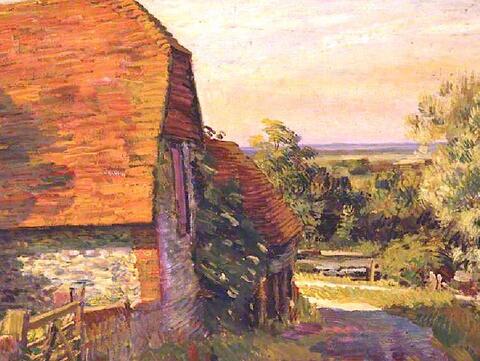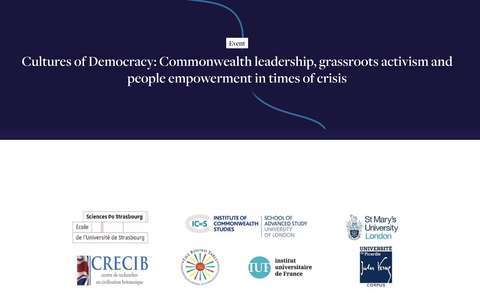CORPUS
À l’occasion du quadriennal en cours, l’Équipe d’Accueil 4295 CORPUS a décidé de centrer son attention sur la question du patrimoine, de ses ruptures et de ses réappropriations dans les pays anglophones. Les travaux des membres de CORPUS, qui sont des enseignants-chercheurs et des doctorants littéraires, civilisationnistes et linguistes, tous anglicistes et membres de la 11ème section du CNU, s’articulent autour de trois axes : « Espaces revisités » (Axe 1), « Images et identités » (Axe 2), « Transmissions et mutations » (Axe 3).
CORPUS organise trois séminaires de recherche, l’un en civilisation britannique, « In Search of Great Britain », et deux en littérature, « Seeds of Literature» et « Politiques de l'imaginaire ».


Ouvrages, revues
Ursula K. Le Guin. Derniers Poèmes. Traduction de l’anglais (États-Unis) d’Aurélie Thiria-Meulemans.
Résumé
Adulée pour ses chefs-d’œuvre de science-fiction et de fantasy, Ursula K. Le Guin (1929-2018) se voyait avant tout comme une poétesse. Les éditions Aux forges de Vulcain publient pour la première fois en français une partie de cette œuvre poétique magistrale. Jouant avec les formes traditionnelles de la poésie de langue anglaise et les influences taoïstes qui lui étaient chères, Ursula K. Le Guin écrit une poésie à la fois quotidienne et métaphysique. Ses deux derniers recueils sont un regard en arrière et une réflexion lancinante sur le grand âge et la mort comme voyage vers l’ouest.
Édition bilingue.



